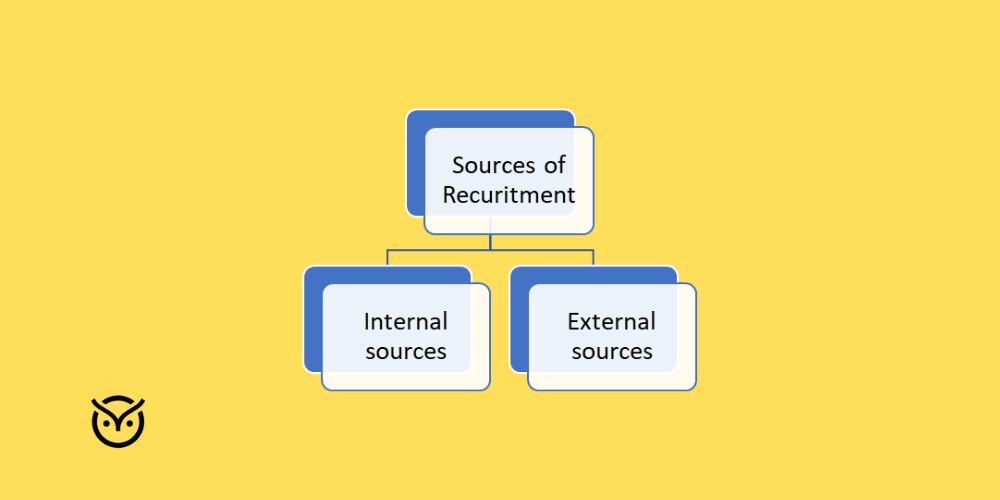Effective Internal and External Recruitment Strategies

TL;DR
- Companies need to choose when to promote from inside and when to hire new talent.
- Internal hiring builds loyalty, reduces training time, and supports career growth.
- External hiring brings fresh skills, new ideas, and helps fill skill gaps faster.
- Using both approaches together keeps the company stable while still growing.
- Technology and remote hiring tools make the process faster and fairer for all candidates.
Some companies keep posting jobs and still fail to find the right people. Teams get stuck, work gets slow, and hiring feels like running on a treadmill that never stops. Leaders often wonder whether to train someone already on the team or go out into the job market and start fresh. The confusion grows because roles change fast, and every hire matters.
This is where Internal and External Recruitment Strategies come in. When you learn how to use both together, hiring becomes smoother. You get the right person in the right job at the right time. In this blog, you will see what each strategy means, how it works, and how to decide which one fits your hiring needs next.
What Is Internal Recruitment?
Internal recruitment means filling job roles from within your current workforce. It can include promotions, lateral job changes, or departmental transfers. Many companies do this when they want to reward loyalty or build strong career growth paths.
Research from SHRM shows that companies using internal hiring see higher employee retention, because workers feel seen and valued. Internal hiring can also reduce training time because the new role is taken by someone who already understands the company culture.
Some people wonder what is an internal recruitment or what is an internal applicant. Simply, it means an employee who already works for the company and wants to move into a new role. This approach supports long-term development and strengthens trust across teams.
Internal recruitment works best when the steps are clear and consistent across teams. Many companies use a simple structured hiring flow, similar to the approach discussed here, to avoid confusion and bias when reviewing internal applications.
What Does “Internal Candidate” Mean?
The term internal candidate answers the question of what does internal candidate mean. It means the applicant is already part of the organization. They may be part of another department, another office, or a different role entirely.
Internal candidates usually require less onboarding because they understand company expectations. However, companies must treat internal candidates fairly by offering the same level of review, interview, and assessment as external applicants so the selection process stays transparent.
What Is External Recruitment?
External recruitment means hiring someone from outside the organization. People ask questions like what is external recruitment in business or what is external recruiting. The answer is that it involves reaching out to job markets, universities, job boards, and professional networks to find new talent.
This step often begins with sourcing, where teams identify potential candidates from different talent pools. For context, many companies follow a candidate sourcing guide that outlines how to map and approach the right talent.
This is also where people ask what does external applicant mean, or what is external applicant or what is external applicants are, or what is external hiring. All these refer to someone who is not currently employed by the company.
External recruitment is important when you need new ideas, fresh industry experience, or specialized skills.
Advantages of Internal and External Recruiting
Using Internal and External Recruitment Strategies gives you more hiring flexibility. Here is how the advantages compare.
Benefits of Internal Recruitment
- Lower hiring costs because you do not need to search widely.
- Faster onboarding because the employee knows your workflows.
- Better morale because workers feel promotions are achievable.
In a Wharton study, external hires were found to cost about 18% more than internal hires for the same role.
Benefits of External Recruitment
- Access to new perspectives and updated skills.
- Ability to fill talent gaps quickly.
- Strong support for expansion and new business units.
Some companies also ask how to shortlist applicants automatically in the advantages of external recruiting. This is where screening tools and simple rating systems help reduce review time and make the hiring stage faster.
To encourage new ideas and widen reach, some companies also apply recruitment marketing techniques.
By blending both approaches, companies avoid staff stagnation while protecting team culture.
The Role of Technology in Internal and External Recruitment
Technology changes how hiring works. Tools like talent assessment platforms make skills testing fair and clear. HR teams use applicant tracking systems to manage interviews and performance checks. Some firms use workflows similar to the recruiting cycle 360, meaning hiring steps loop continuously to support ongoing recruitment planning.
Some organizations follow methods referred to as recruitment external agile, where flexible hiring steps allow faster decision-making in changing work environments.
The right tools make it easier to compare candidates based on skill instead of guesswork, which reduces bias and saves time.
Remote Recruitment and the Agile Hiring Cycle
Remote work has changed hiring forever. According to a 2024 Owl Labs report, 38% of the workforce was hybrid or remote, which is a 15% increase from the previous year.
Companies now ask questions like how can I improve my remote recruitment process or which platforms are most effective for remote hiring. Video interviews, skill-based tasks, and structured evaluation help keep remote hiring smooth and fair.
The hiring cycle today is more flexible. Teams interview faster. Candidates complete assessments online. Communication moves faster, and decisions can be made in less time.
Balancing Internal Growth and External Expansion
The secret to strong hiring is not choosing internal or external but learning when to use each. Internal and External Recruitment Strategies work best when:
- You use internal hiring for roles requiring company knowledge.
- You use external hiring for roles requiring new expertise.
- You maintain open career conversations so employees know what opportunities exist.
- You review your hiring data often to see what approach performs better.
This balance helps companies stay stable while still pushing forward into new markets and ideas.
Conclusion
Strong hiring is built on choice. When you understand and apply Internal and External Recruitment Strategies with awareness, you support employee growth while still expanding your team. Every hire becomes intentional, and every role gets filled with confidence.
FAQs
Q1. Who qualifies as an internal or external applicant?
An internal applicant currently works in the company and is applying for another role. An external applicant does not work for the company and applies from outside.
Q2. What is external recruitment in business?
It means searching for candidates outside the organization to fill open roles. This helps bring in new skills and perspectives.
Q3. How can I improve my remote recruitment process?
Focus on clear communication, structured interviews, and skill-based assessments. Avoid long delays in responses and keep the interview steps short.
Q4. Which platforms are best for managing both internal and external hiring?
A platform like Vettio helps companies manage hiring pipelines, track internal applicants, and evaluate external candidates in one place. It supports fair comparison and smoother decision-making.






